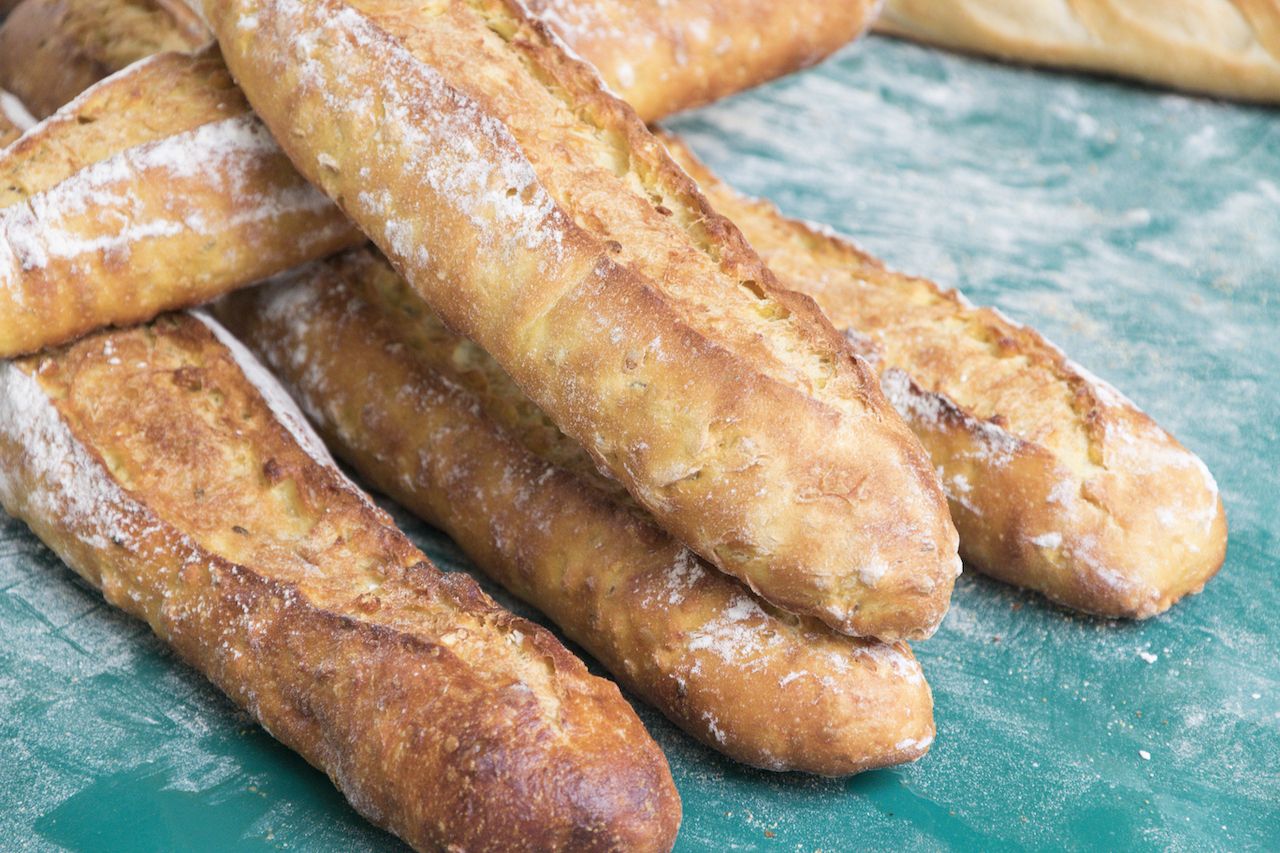We live in a world filled with diverse styles of bread. There’s Ethiopian injera and Indian naan, Irish soda bread and Slovakian vanoka. Not to mention the many types in the United States, like the humble loaf of potato bread. Few get as much attention in the US, however, as two generic styles that take their name from European countries: French bread and Italian bread.
This classification itself doesn’t make a whole lot of sense — there are many types of French bread and many types of Italian bread — but it prevails nonetheless. Grocery store bread aisles are lined with brown paper bags of “French bread,” and the baseline bread at Subway is simply called “Italian.” Both are long loaves of white bread, usually made from wheat, and are often used for sandwiches. At first glance, there’s not a whole lot to distinguish the two. But if you take a look back at how the styles were made, there are some notable distinctions.
So, taking these two broad titles for what they are, what’s the difference between them?


